With the fragile state our planet is in, it comes as no surprise that we, as dwellers of this earth, are becoming more aware of our environmental impact. As a consequence, in recent years, eco and sustainable design solutions are at the forefront of the architecture world and becoming more and more sought after and valued by homeowners. But what is eco-design exactly? Sure, the terminology has been thrown around a lot on TV and in magazines, and even used as a marketing ploy to make us buy. But what really constitutes a green home and how can we employ this into the design of our own properties? Let's take a look at some of the latest and greatest design principles and features to help you toward a greener future.
Green roofs and walls

Photo credit: Guz Architects / homify.co.uk
The latest and greatest trend in eco-design at present, before sustainable design principles themselves, are green roofs and walls. Not only do these structures have an incredible aesthetic appeal, but their sustainable benefits both thermally and long term are insurmountable. The scale of living walls and roof structures vary greatly in size and function - from luscious feature walls inside city apartments for the purpose of cleansing the air, to complete thermal barriers on the exterior of buildings. On a large scale, green roofs and walls absorb rainwater, act as a fantastic insulation medium and actually create habitat, instead of destroying it, for local fauna. Studies have proved that a green roof can reduce cooling costs by as much as 90%, drastically slash energy costs, improve air quality, and increase the lifespan of a roof by 200%, as structural elements are completely shielded from nature and extreme weather conditions. On top of this, it makes a home more desirable should you wish to sell in the future.
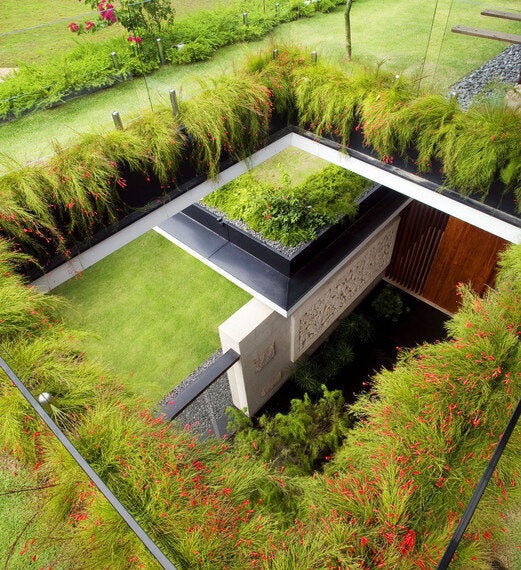
Photo credit: Guz Architects / homify.co.uk
The most important factor, especially if you are building outside the city, is that your building has far less of an impact on the surrounding landscape due to its unobtrusive nature. If you are privy to a sloping block or are planning to build within a recessed part of land, you can opt to use the natural curvature and shape of the ground enveloping the property, in turn, creating as little disruption to the environment as possible.
Low carbon footprint
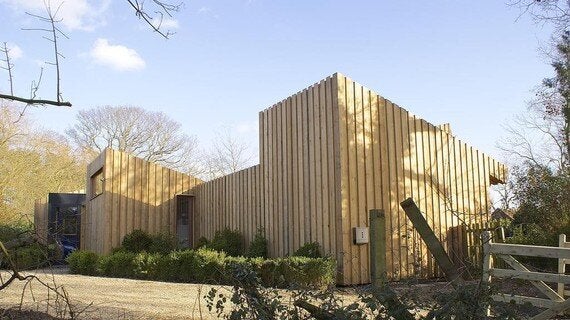
Photo credit: Forrester Architects / homify.co.uk
You may have heard the terms "Passive house" and "Zero carbon homes" in recent years, but had no idea what they really meant other than the fact they described some new, technological advance in eco-housing. The biggest difference between the pair are the amount of emissions and overall carbon footprint they leave. Whilst minimal, the carbon footprint between these two types actually does differ. A zero carbon home, in the complete sense of the phrase, is a home that has no carbon footprint what-so-ever. A carbon footprint is measured in primary and secondary causes. The primary footprint is measured directly via CO2 emission - the amount of fossil fuels we burn to run a household on a day-to-day basis, whereas the secondary footprint denotes the CO2 used to create the home or items inside - this even includes clothes and interior decorating elements!
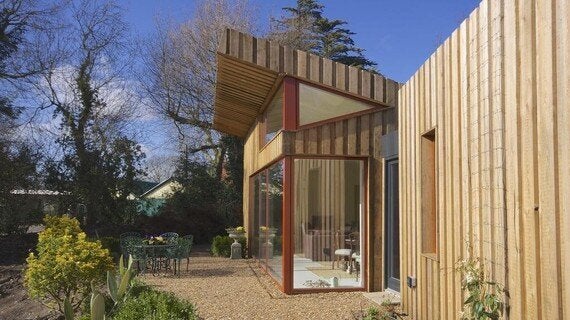
Photo credit: Forrester Architects / homify.co.uk
For those who wish to live a little less on the extreme side, you can consider a passive home instead which requires you to meet a maximum figure of energy consumption each year, and have minimal air leakage. Furthering this, there are obvious choices you can make yourself as a homeowner. The installation of solar panels for electricity or water is a great step in the right direction, as is turning appliances off at the plug once you are done. Small steps such as these help us move toward a greener future.
Building materials & design
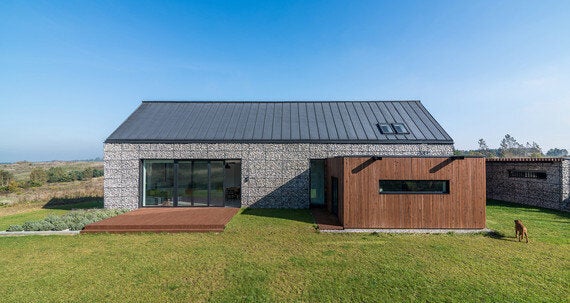
Photo credit: Kropka Studio / homify.co.uk
The choices we make when selecting building materials are important, too. They do not need to be recycled or reclaimed to be environmentally friendly, as even sourcing local materials greatly reduces the carbon footprint of your home, due to the fact transportation is kept to a minimum. There are a huge number of eco-friendly building materials on the market today that are actually cost effective - both in the present and long term. For those tackling a more traditional facade, you can still choose stone and brick, but you need to make sure you are applying insulation and thermal bridging between the airgap and the masonry. This can be done using reflective blankets, common batt insulation and even polystyrene foam.
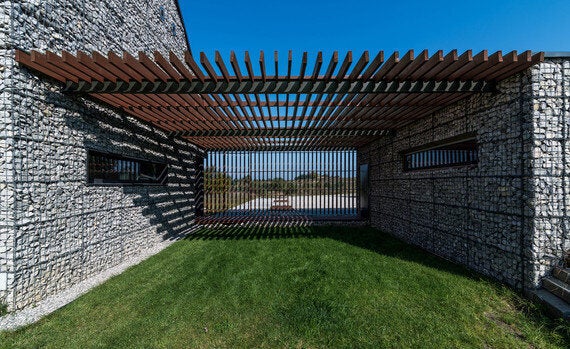
Photo credit: Kropka Studio / homify.co.uk
However, for homeowners who want to build an ultra-modern eco-home, you can choose materials like polystyrene blocks, aerated concrete, rammed earth, and even straw bale. The selection is huge, as will be the finished product. You can really let your creativity spark, and why not explore artisan products that are set to make an impact on the world of sustainable construction? In terms of design, there are a few factors that should be considered. Orientation is most important, with the South face being in the direction of the most suitable sunlight for solar absorption, and the East face being shielded from the harsh afternoon sun. You can install high level windows to allow for the release of hot air in summer on different walls, aiding cross ventilation of internal spaces.
Response to nature
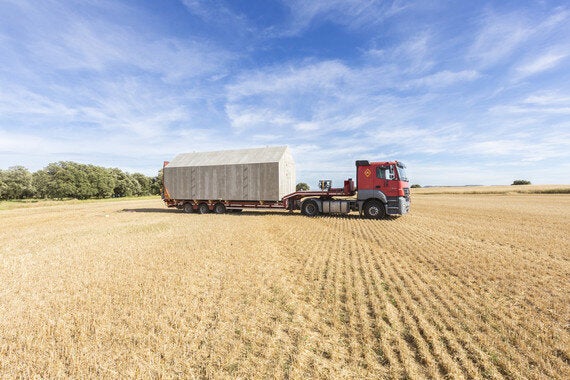
Photo credit: ABATON Architecture / homify.co.uk
Lastly, but definitely not least, if we cannot consider the above, we should then consider the response and impact that our property has on the surrounding nature and the impact we pose on the existing environment. In a rural or country area, this even means following the traditional vernacular of homes so the disturbance to the landscape is kept at a minimum. Don't build a big concrete megastructure that requires trees and land to be cleared if the city is known for quaint cottages and wooden barns - it's all about respect, even for the history.

Photo credit: ABATON Architecture / homify.co.uk
There are some companies that are even taking this notion one step further, building compact transportable homes that come readily assembled on-site. Yes, there are transportation costs required to move the home, but since it has been constructed completely off-site, the carbon footprint is instantly lower. It also allows people to live on ecologically sensitive spots with as little disturbance as possible - great for those who yearn to be close to nature, but want to blend in, rather than stick out.
It's time for us to rethink our response to nature and building, and perhaps live a life that is a little more stripped back and contained, rather than feed a desire to conquer and construct. Ask yourself - do you really need four bathrooms and two separate living spaces? Or an olympic-sized swimming pool and frontage made entirely from glass? It's unlikely.